The Disney Parks are full of technological innovations, like the new Stuntronics set to debut at Disney California Adventure later this year. But did you know that Disney is responsible for some unexpectedly major innovations in technology?
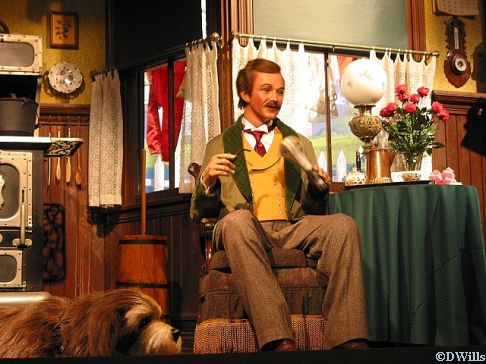
Here’s an exploration into some of Disney’s more incredible innovations, many of which we take for granted today! Whether they invented the ideas themselves, or simply brought them to the masses, Disney plays a major role in shaping the modern world.
Surround Sound
Stereo sound is incredibly common today, thanks to advances in speaker technology. However, back in the 1930s, films were released using monophonic sound reproduction, or “mono” for short. For those of you who aren’t experts on audio, stereophonic sound splits the audio track into different channels, appearing to come from different directions. If you remember the now defunct Sounds Dangerous attraction, or the new trend of ASMR video, split audio channels are what create the illusion that you’re being surrounded by sound. What you might not realize is that Disney actually released the first movie ever to rely on stereophonic sound, and is responsible for the modern surround sound set up!
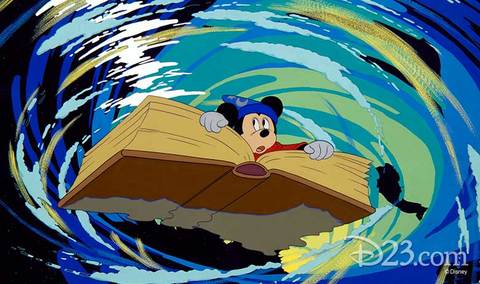
Fantasia was an experiment in Stereophonic Cinema. A special surround sound system, called “Fantasound” by Disney, was toured around the country, allowing audiences to experience the full immersion of surround sound for the first time! Now it’s a staple in every theater, but back then Disney had to rent out “legitimate” theaters (used for plays and shows), because cinemas couldn’t afford to close down long enough to install the speakers!
Television
Obviously Disney didn’t invent the television, but it did play a hand in popularizing it. The Disneyland TV-series, which began in 1954, was a major success, and one of the most popular shows of its time. However, Walt Disney was the first to push for a new standard of TV that we take for granted today: color.

Walt Disney insisted on filming many segments of Disneyland in color, as he believed it to be the standard of the future. In 1961, Disney would launch The Wonderful World of Color, the first-ever TV series broadcast entirely in color! It was also the introduction of Ludwig Von Drake, who took audiences on a tour of the color spectrum, and playfully teased audience members watching in black and white.
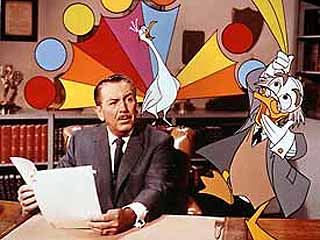
Cerise, chartreuse, and aqua…
Mauve, beige, and ultra-marine, and every colour in between! ©Disney
The show led to a huge spike in adoption of color television, as more channels switched to color recordings and broadcasts. Now it’s almost impossible to imagine an era where every show was monochrome! Thanks, Disney!
The Dark Ride
Did you know that many of the iconic Disney attractions we know and love, like “it’s a small world”, Pirates of the Caribbean, and The Haunted Mansion were originally intended to be walkthrough attractions? That’s because a lot of the technology used to make dark ride attractions was developed for those rides!
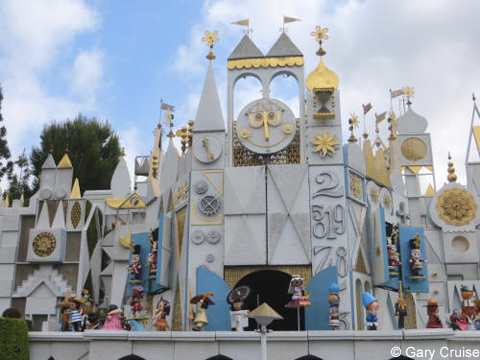
Simple boat rides had existed in the past in the form of Old Mill and Tunnel of Love -style rides at carnivals and amusement parks, but those rides relied upon the current of the water, making controlled stops impossible. “small world” was the first water ride to feature a dedicated propulsion system, allowing for a controlled viewing of show scenes. Pirates of the Caribbean would later adopt a similar system.
The Omnimover system, most famously used in The Haunted Mansion, was initially designed for Adventure Thru Inner Space, a Monsanto-sponsored attraction where guests were shrunk to the size of an atom to explore the vast world hidden in a snowflake. The Omnimover was designed to control the rider’s view of the attraction while continuously loading and unloading riders.
Pepper’s Ghost
One of the most breathtaking special effects on any Disney attraction is the ballroom scene in the Haunted Mansion. A group of ghostly dancers waltz in a midnight spree, fading in and out of sight. You’d be forgiven for mistaking these animatronic apparitions for holograms, but the mechanism behind them is actually a lot simpler… and a lot older.
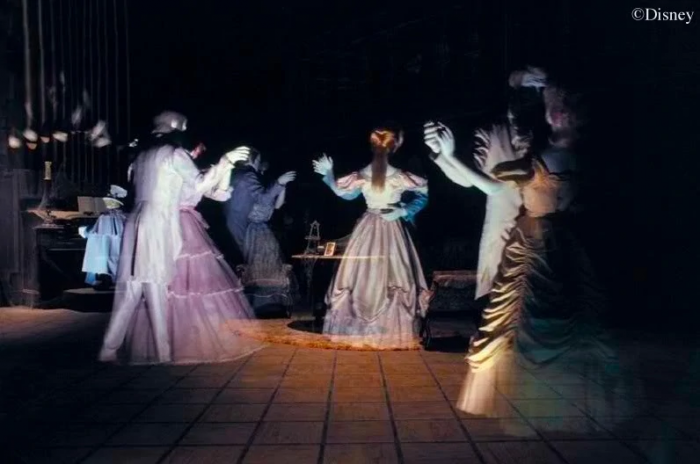
Popularized by physicist John Henry Pepper in 1862, the Pepper’s Ghost illusion uses the power of lighting to create the illusion of a translucent figure standing in a very real room. The actual ghost animatronics are concealed below the ride vehicles, illuminated periodically by a bright light. What we see as “ghosts” are actually the reflections of these animatronics on a piece of glass that separates us from the scene. The ride is lit in such a way that we don’t see the glass, creating the illusion that we’re looking directly into a haunted ballroom!
The Haunted Mansion’s iteration of this illusion is the largest in the world, though it’s not the only example of a Pepper’s Ghost at Disney parks. Recently, Rise of the Resistance used a more advanced variation (in which a video is projected onto a transparent screen) to create the illusion of a high-tech hologram.
That’s just a small sample of the incredible things the Walt Disney company has made, but there’s still a lot more. Was there something we overlooked? Let us know in the comments!
Join the AllEars.net Newsletter to stay on top of ALL the breaking Disney News! You'll also get access to AllEars tips, reviews, trivia, and MORE! Click here to Subscribe!


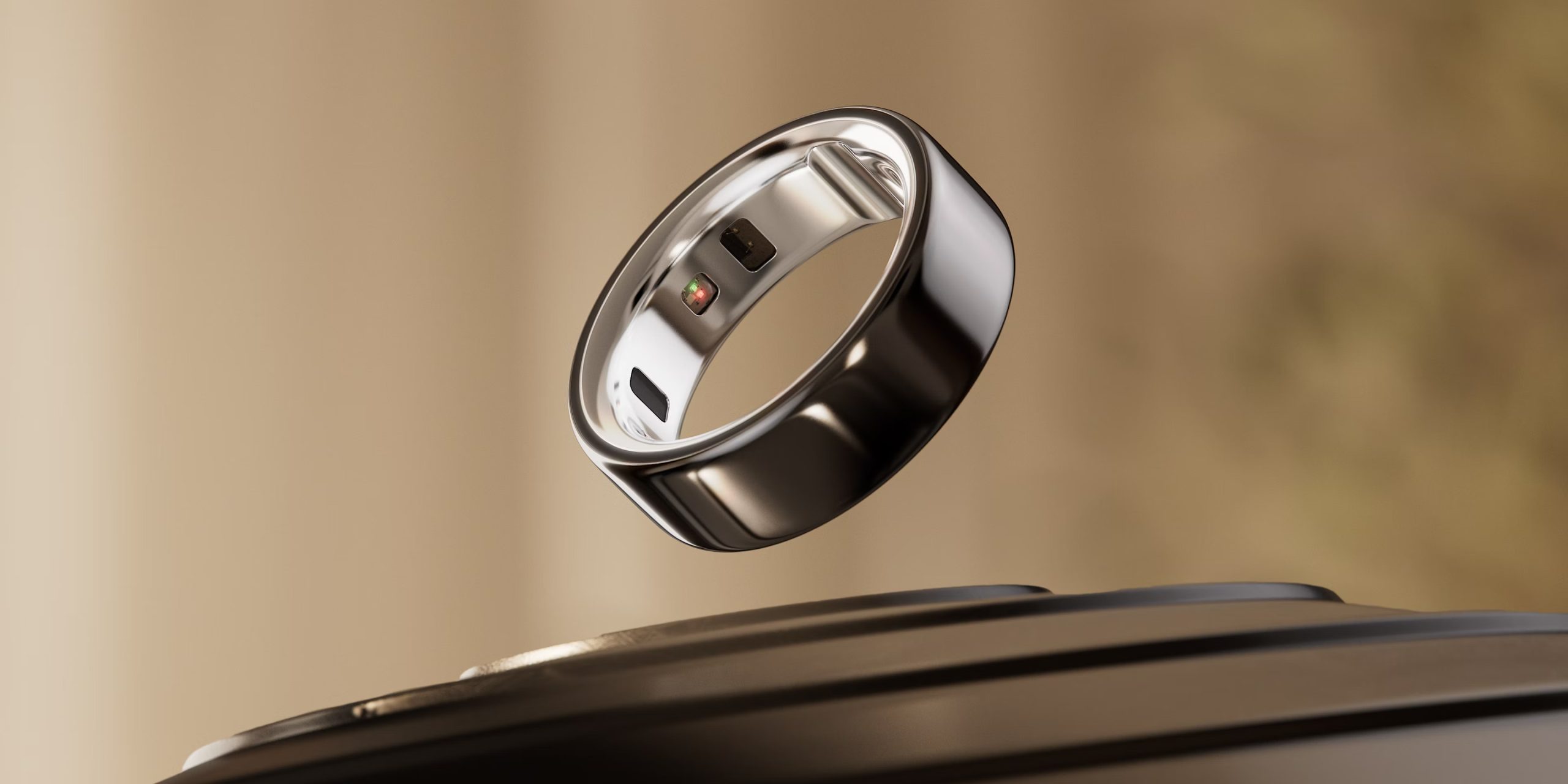
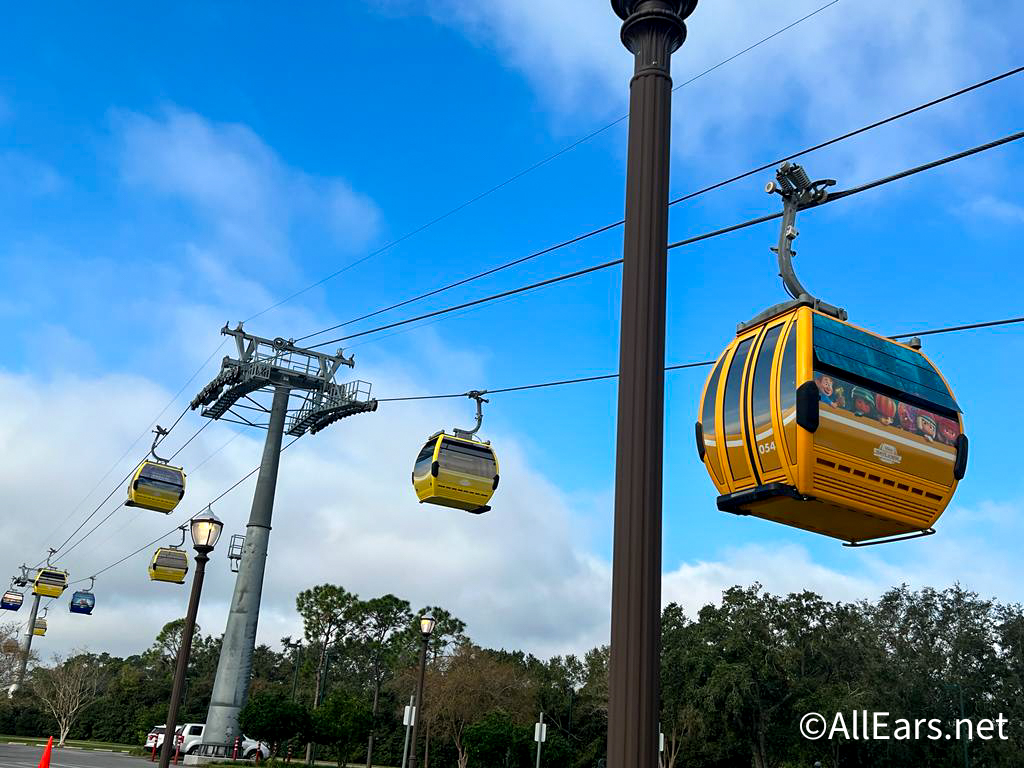
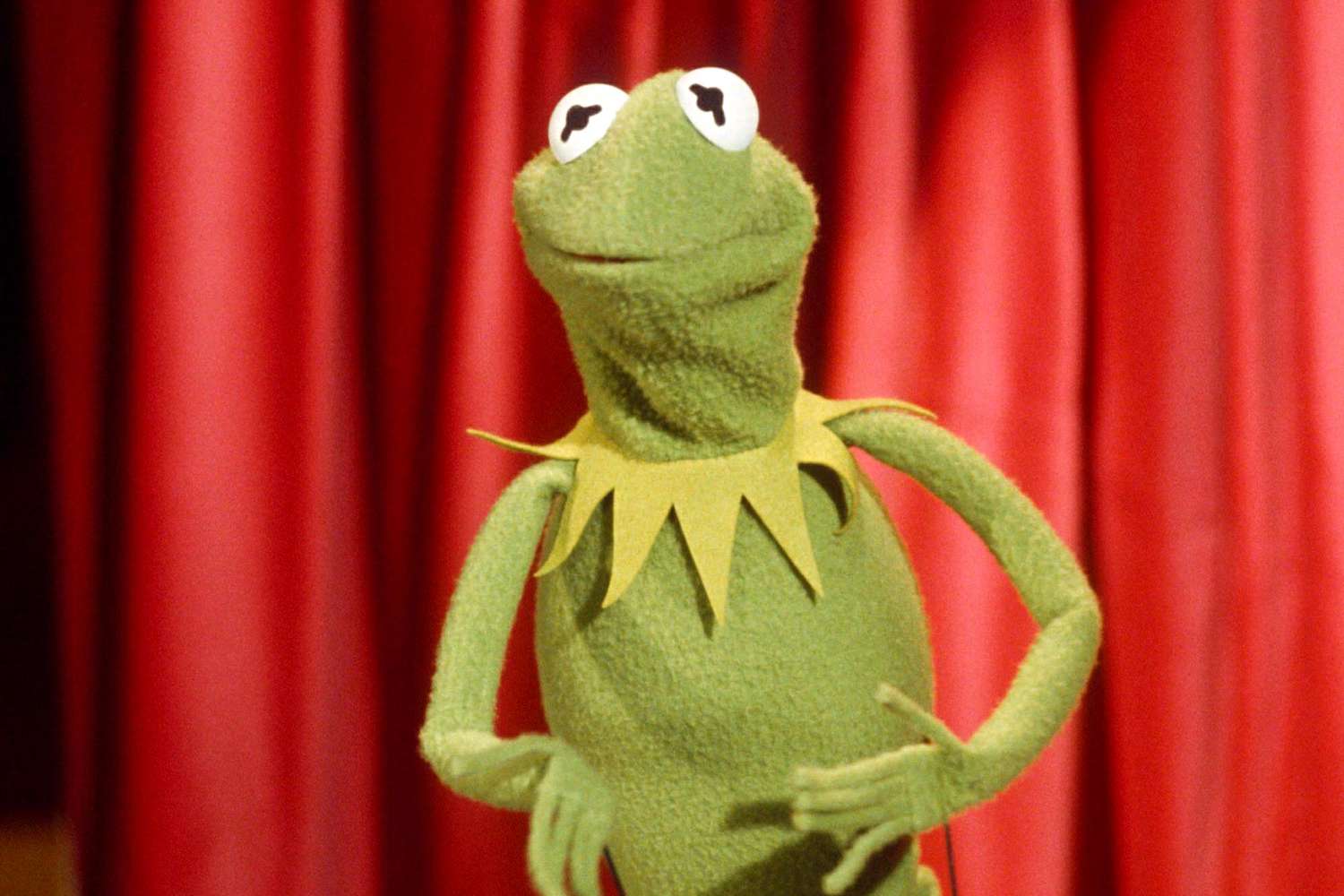
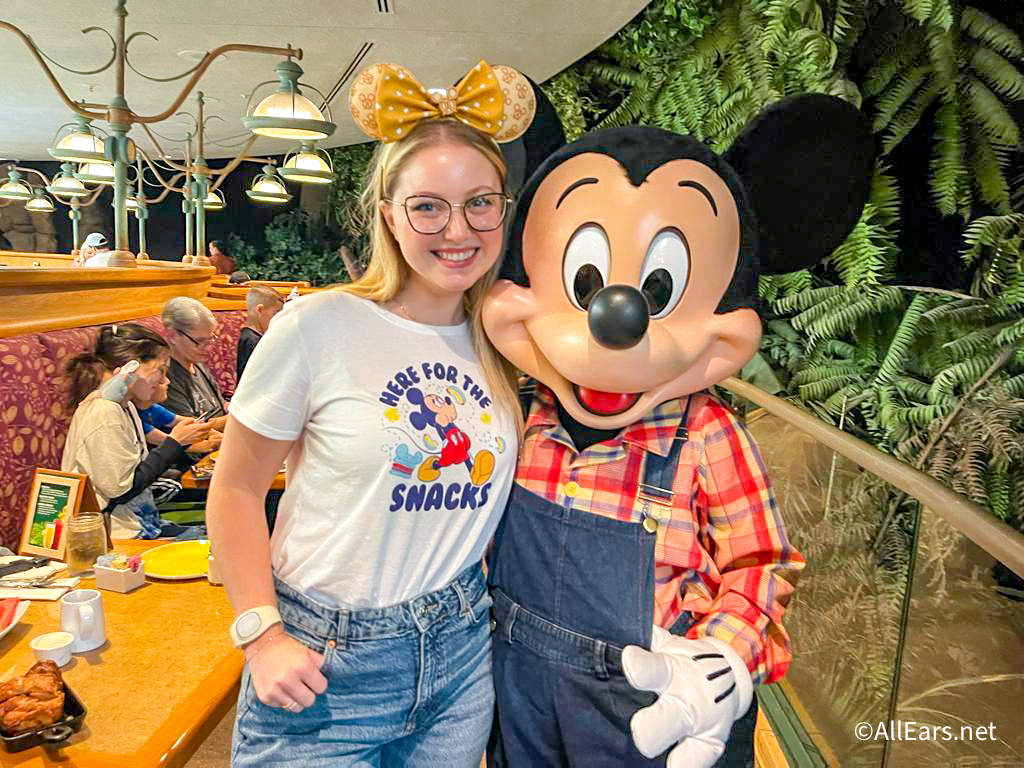
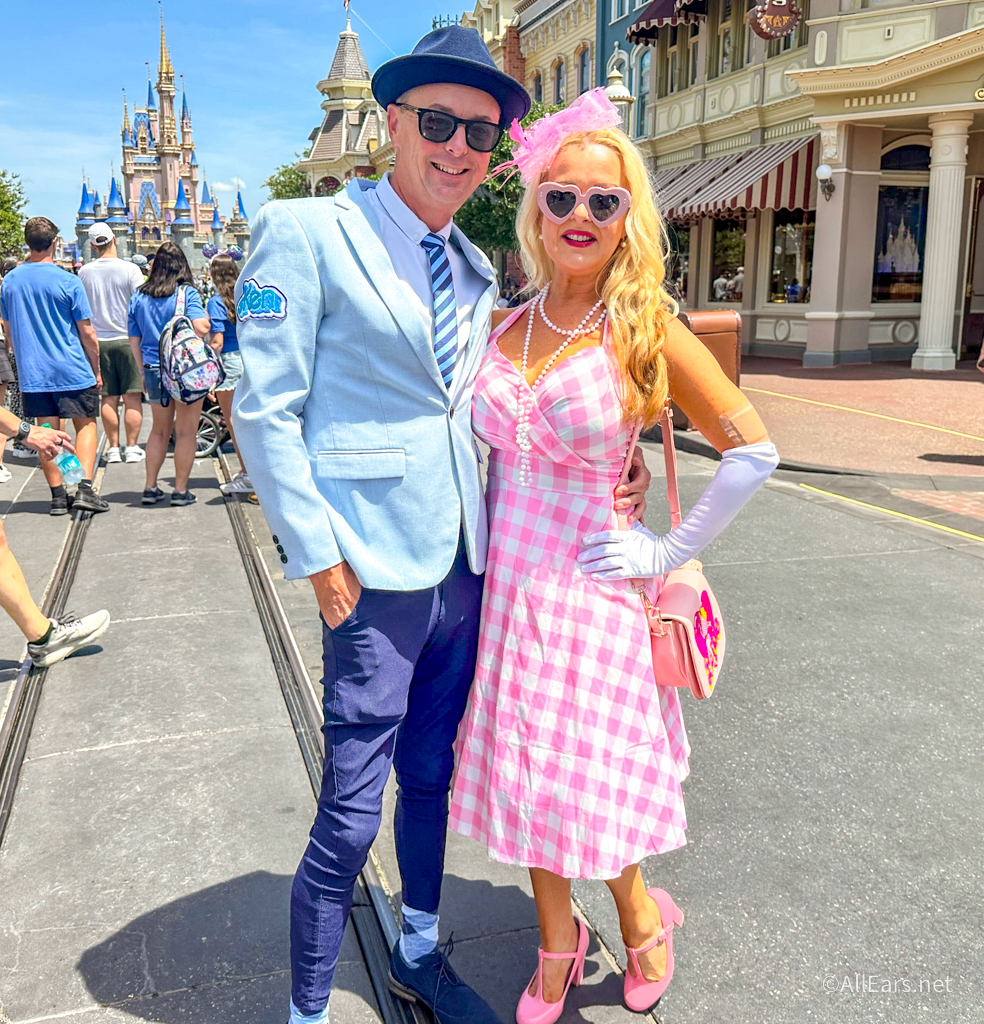
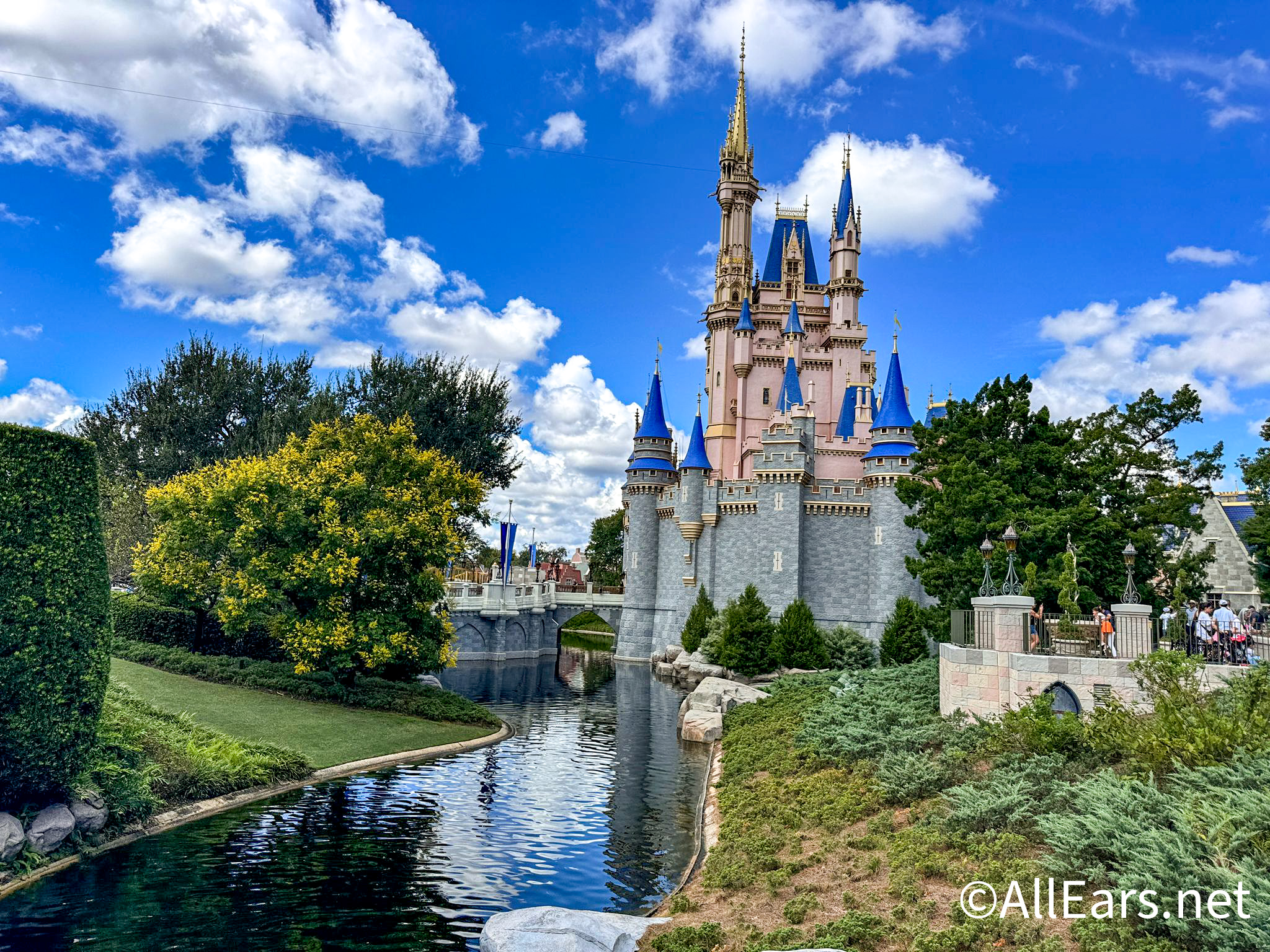
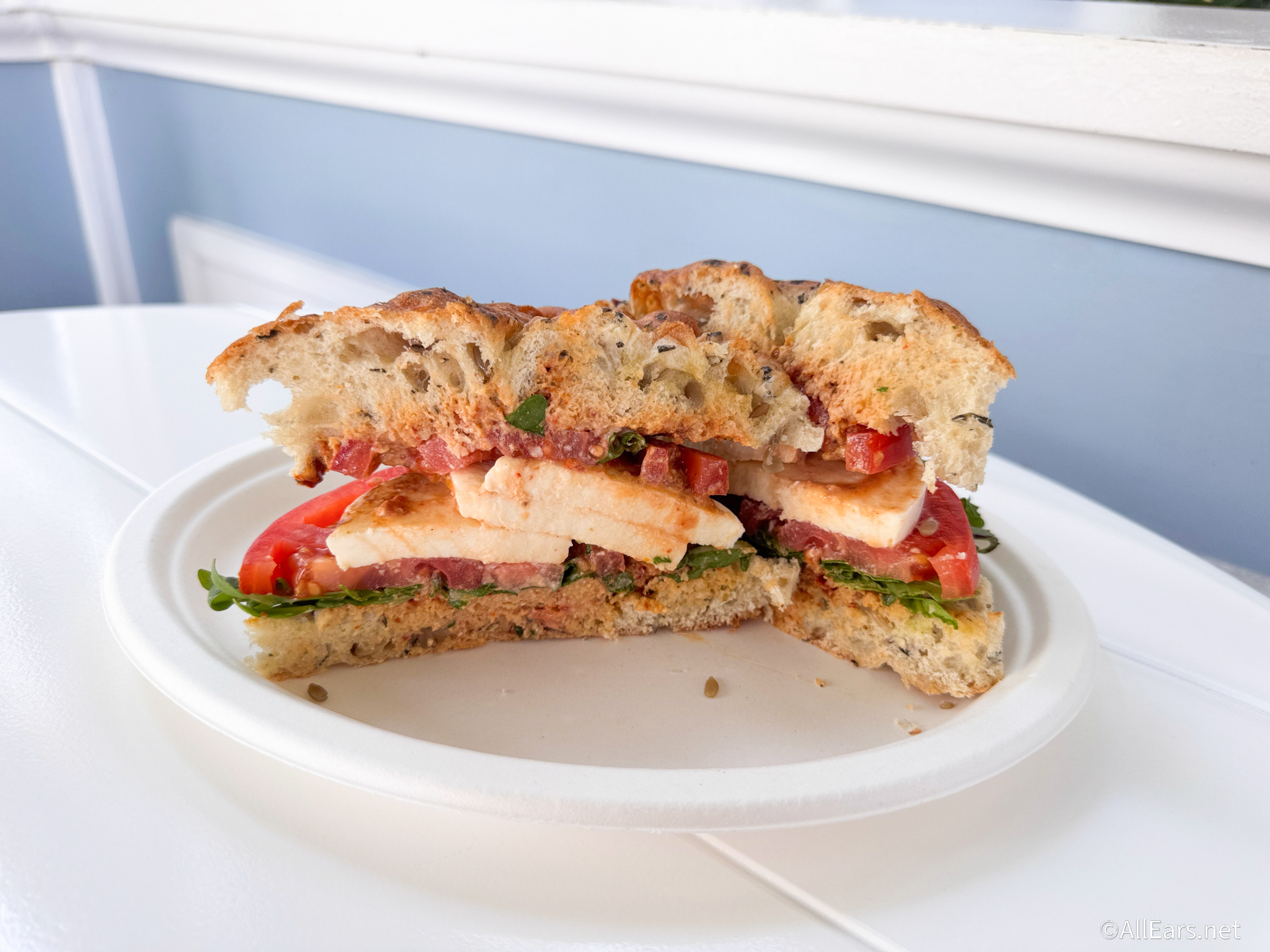

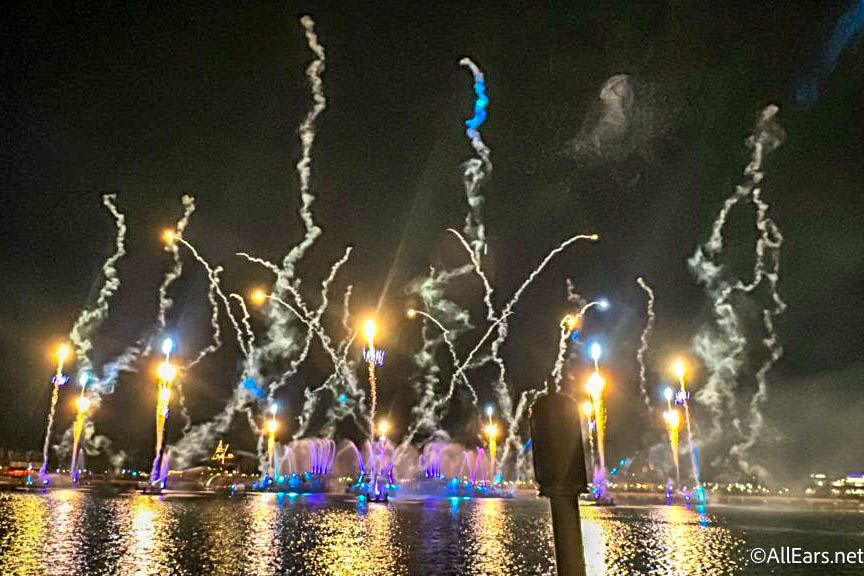
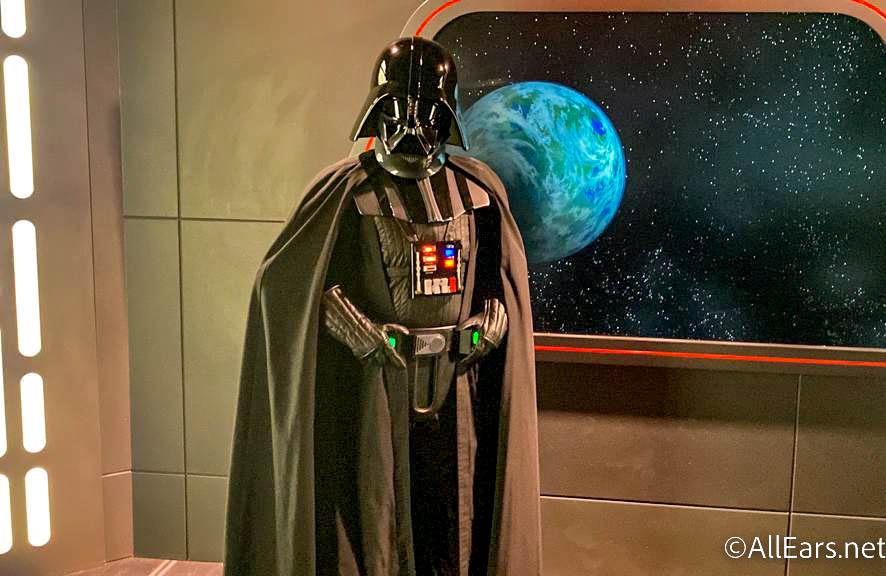
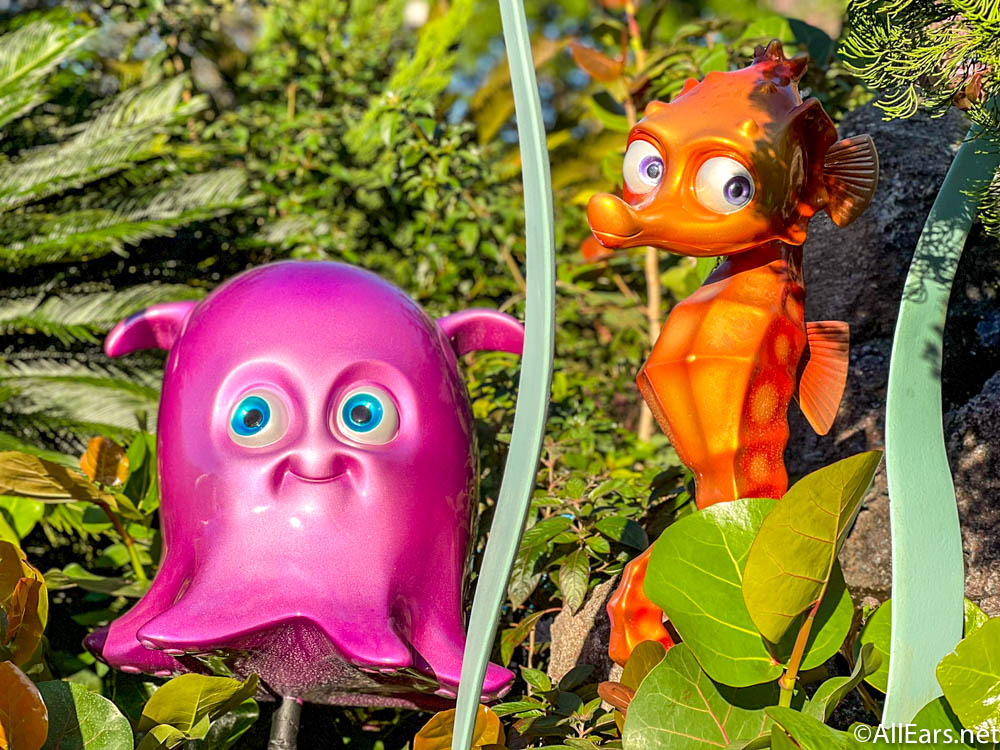
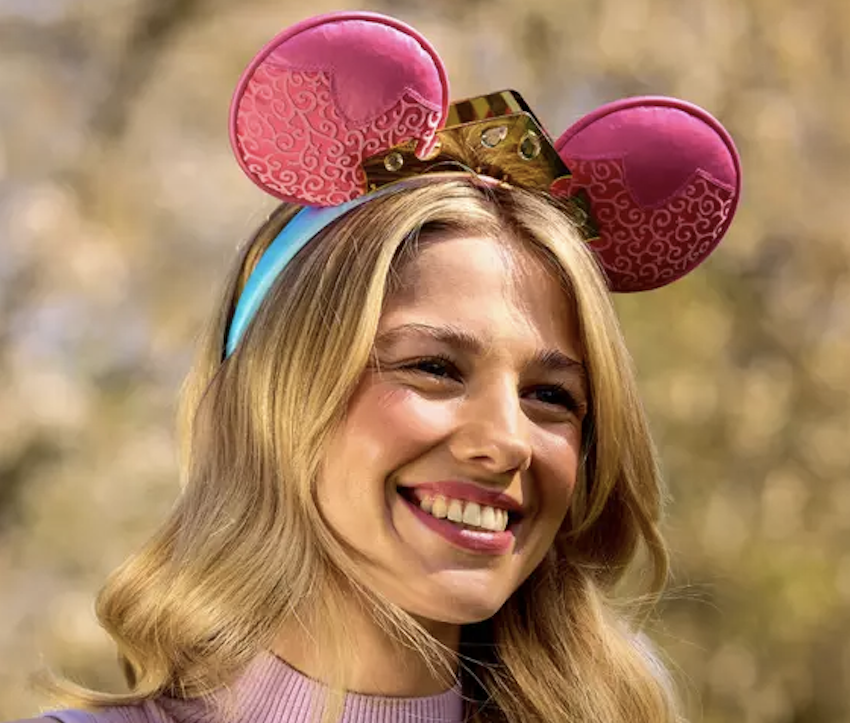
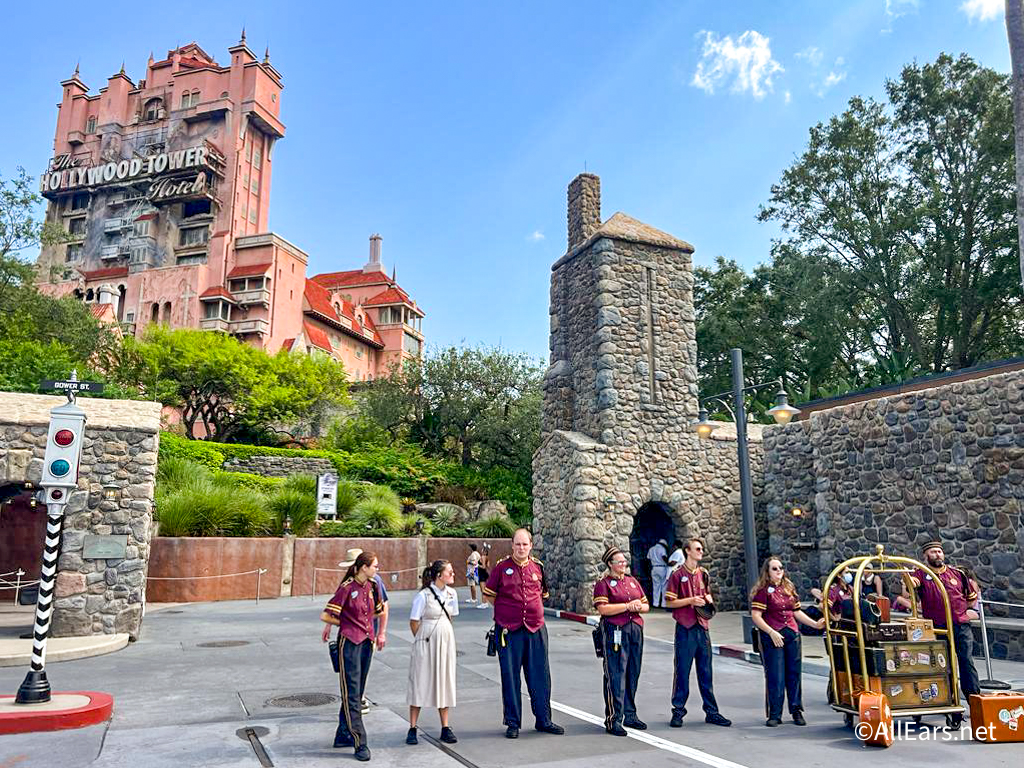
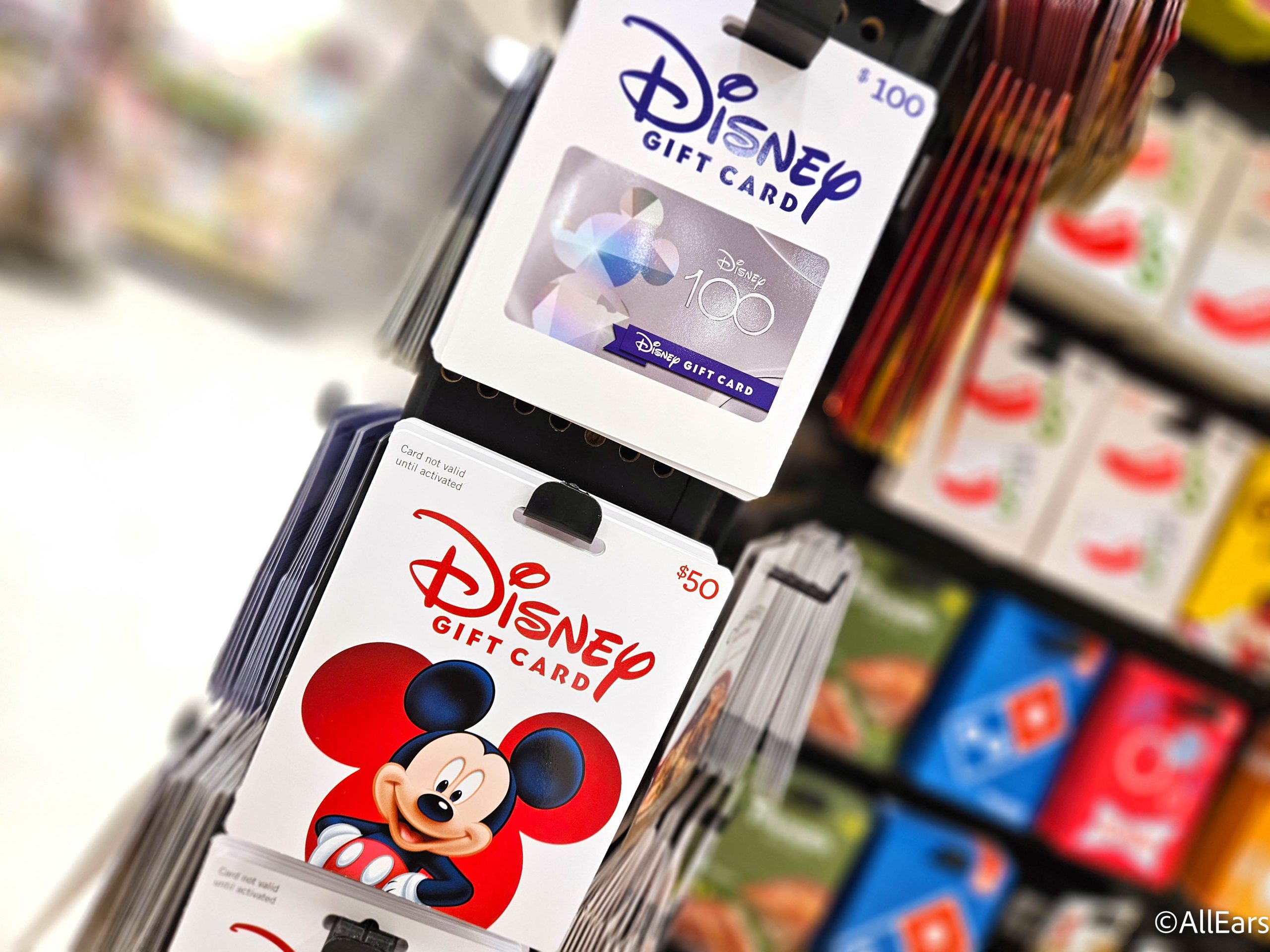
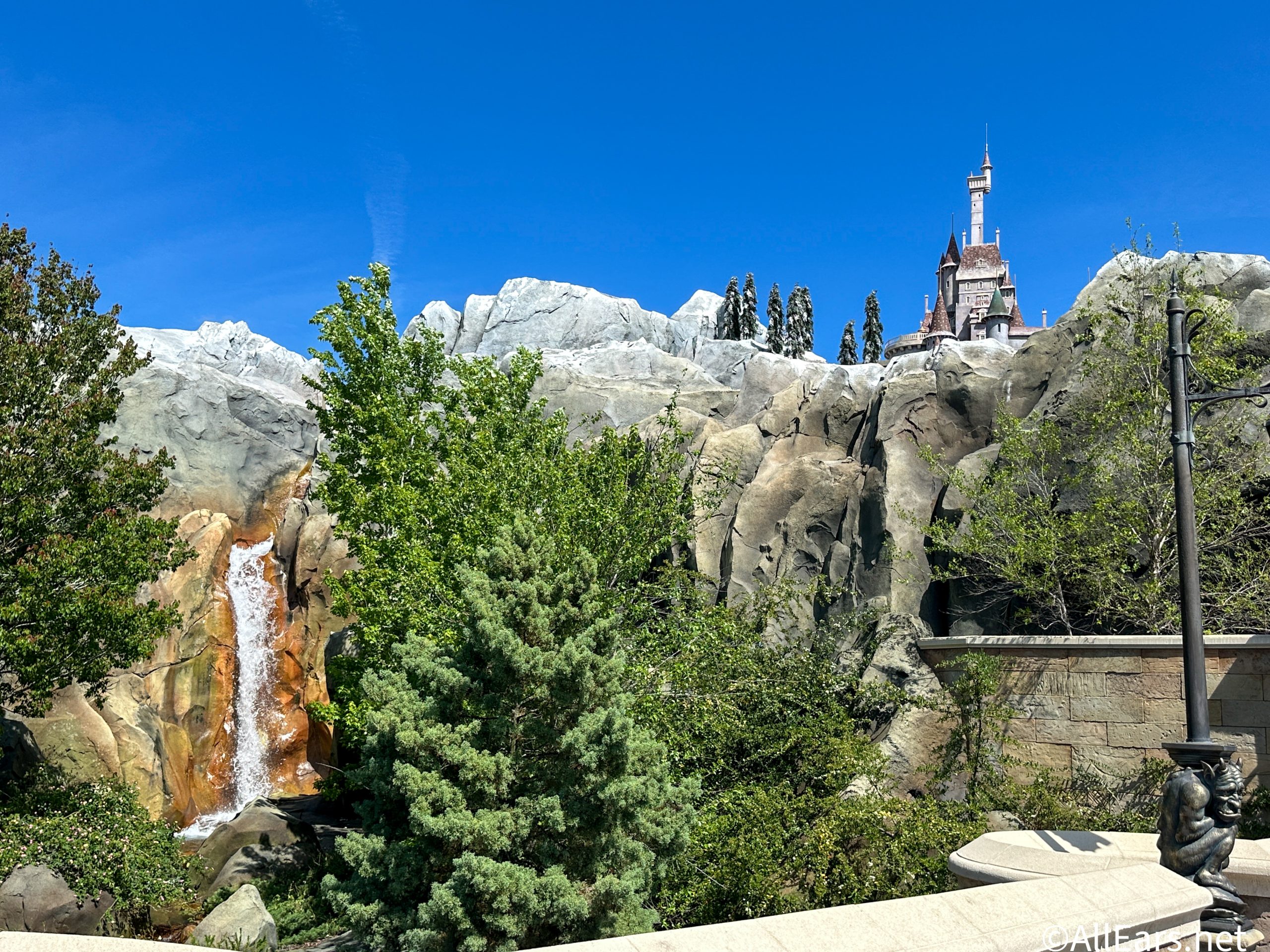
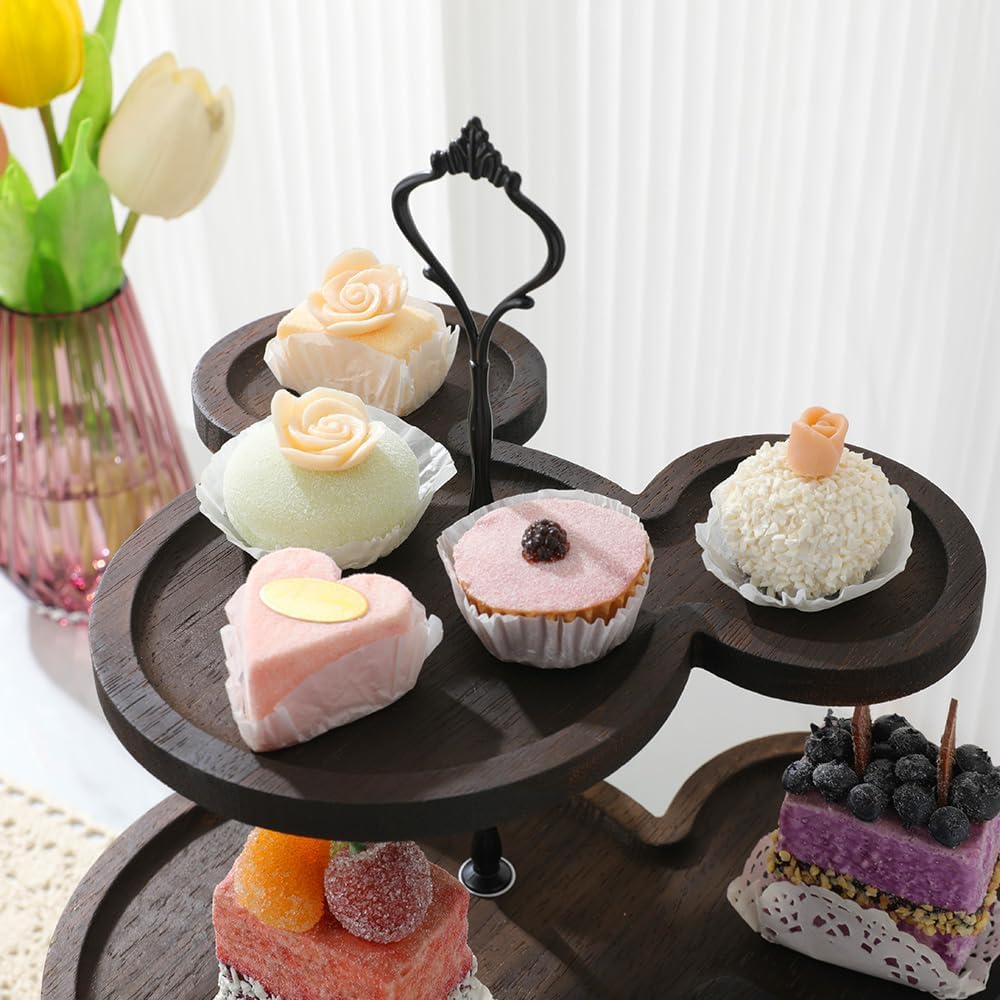
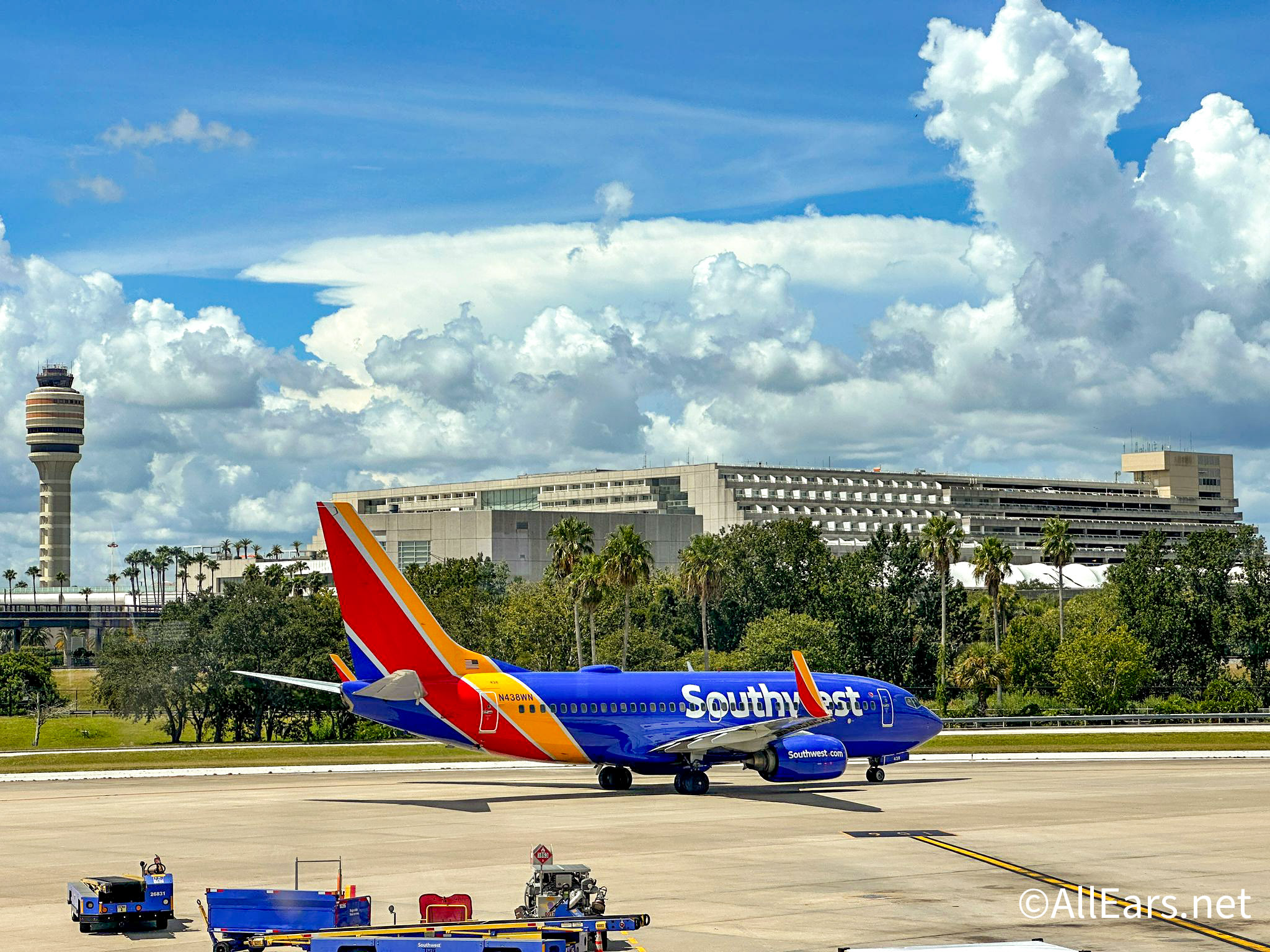
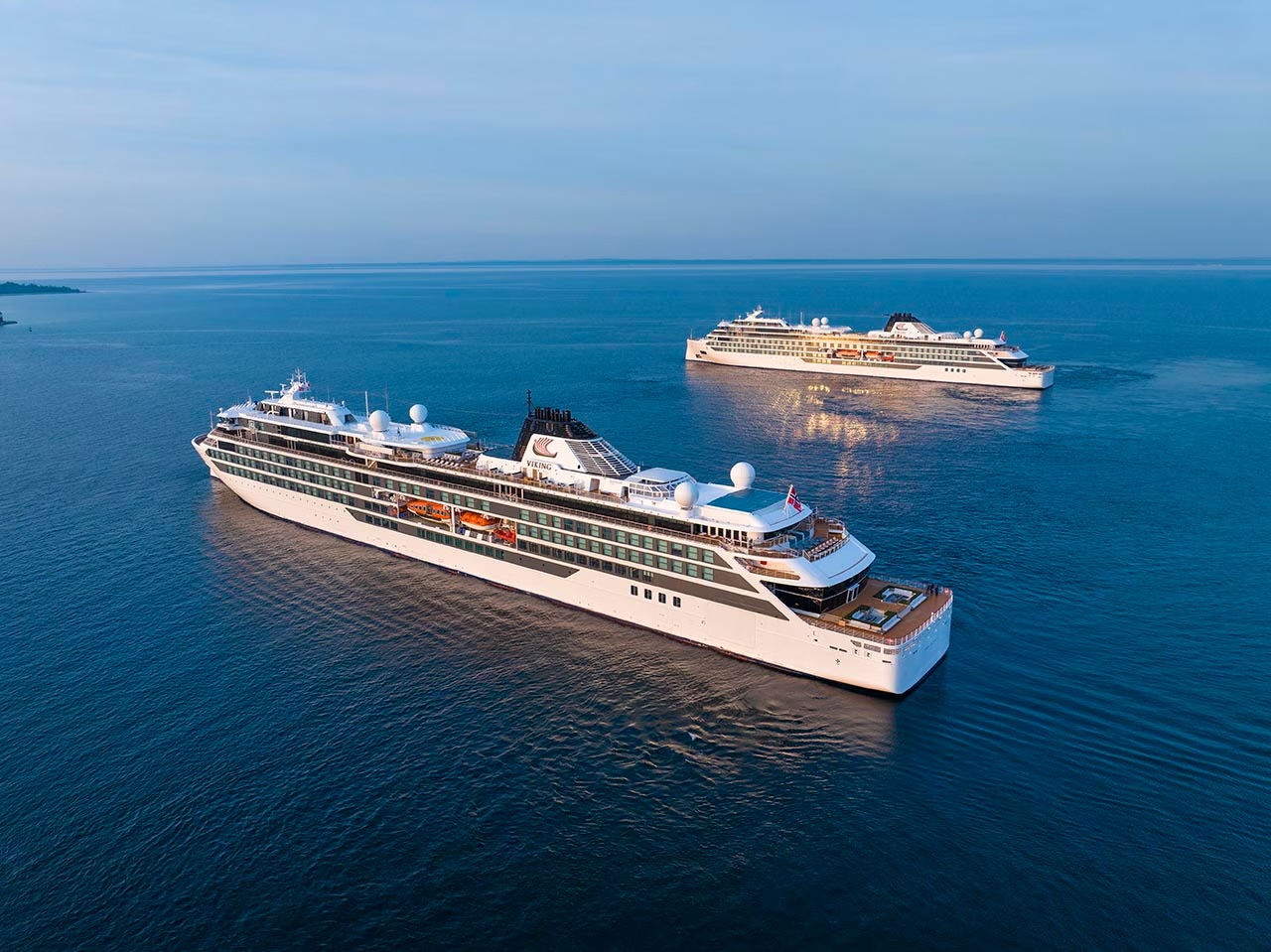
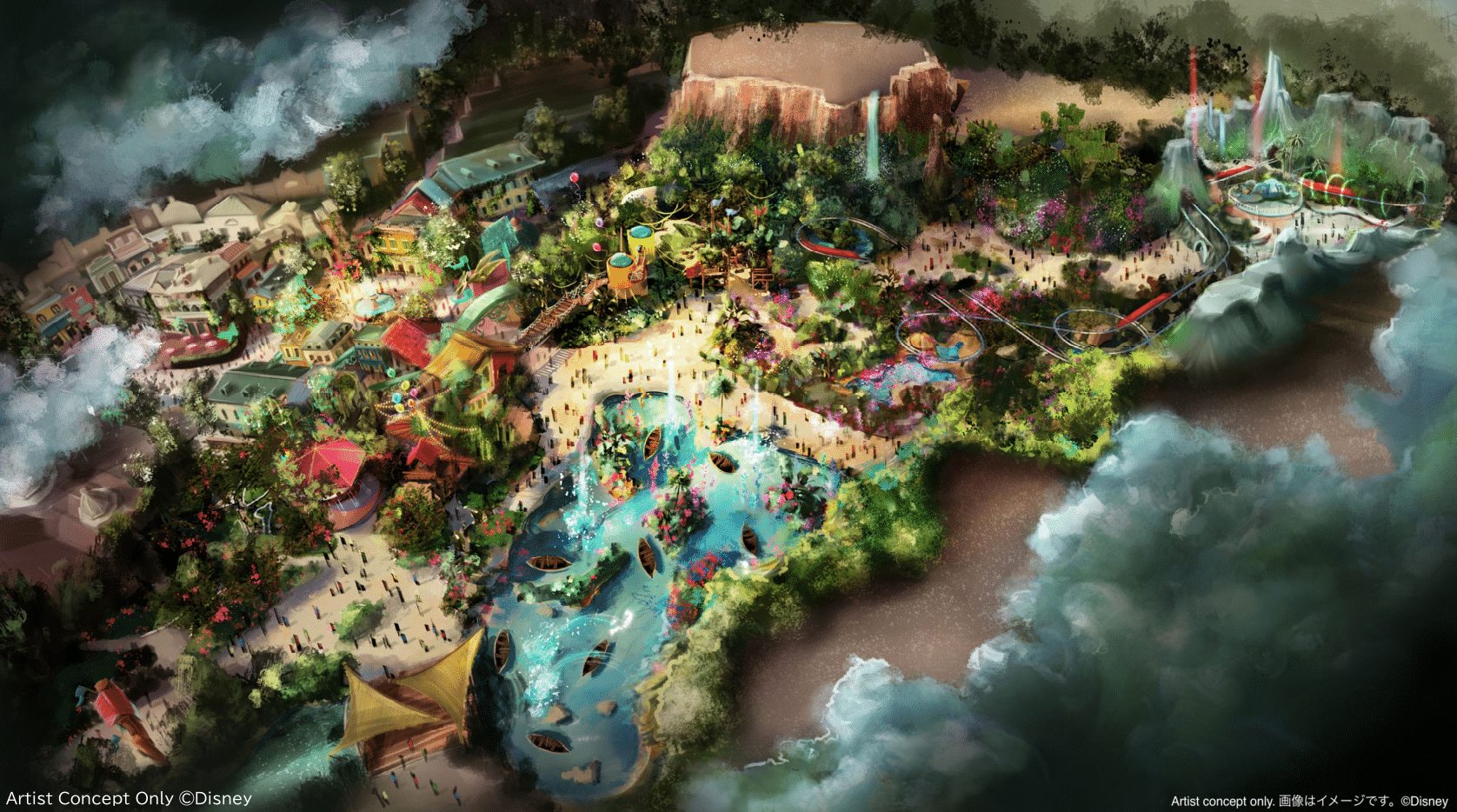


Steel-beam roller coasters. Disneyland’s imagineers invented them for the Matterhorn.
How about Trash Cans.
Image: DisneyAs he planned Disneyland, Uncle Walt examined the trash cans of the era. They were mesh cans that had a couple of major design flaws. The first was that a can with holes in it allowed goop to seep out. Yes, gross. The second is arguably worse. A can with holes in it doesn’t block the smell; instead, it filters that nasty scene. Trash cans of the era wafted affronts to the nose as an intrinsic part of the design.
Disney had a grand idea. He developed a new style of trash can, a rectangular one with some clever additions. It had a lid and two adjoining flaps on top. The flaps locked the trash into place AND prevented the smell from escaping.
Also, you’ve seen this design many times because it’s become the basis for modern trash can receptacles. Disneyland was the first place to host them. Amusingly, Disney allegedly presented his idea to trash can manufacturers of the time and was rejected. Yes, Walt Disney apparently revolutionized the trash can, but some shortsighted trashcan executive turn down a deal with him. For this reason, Disney never patented his idea.